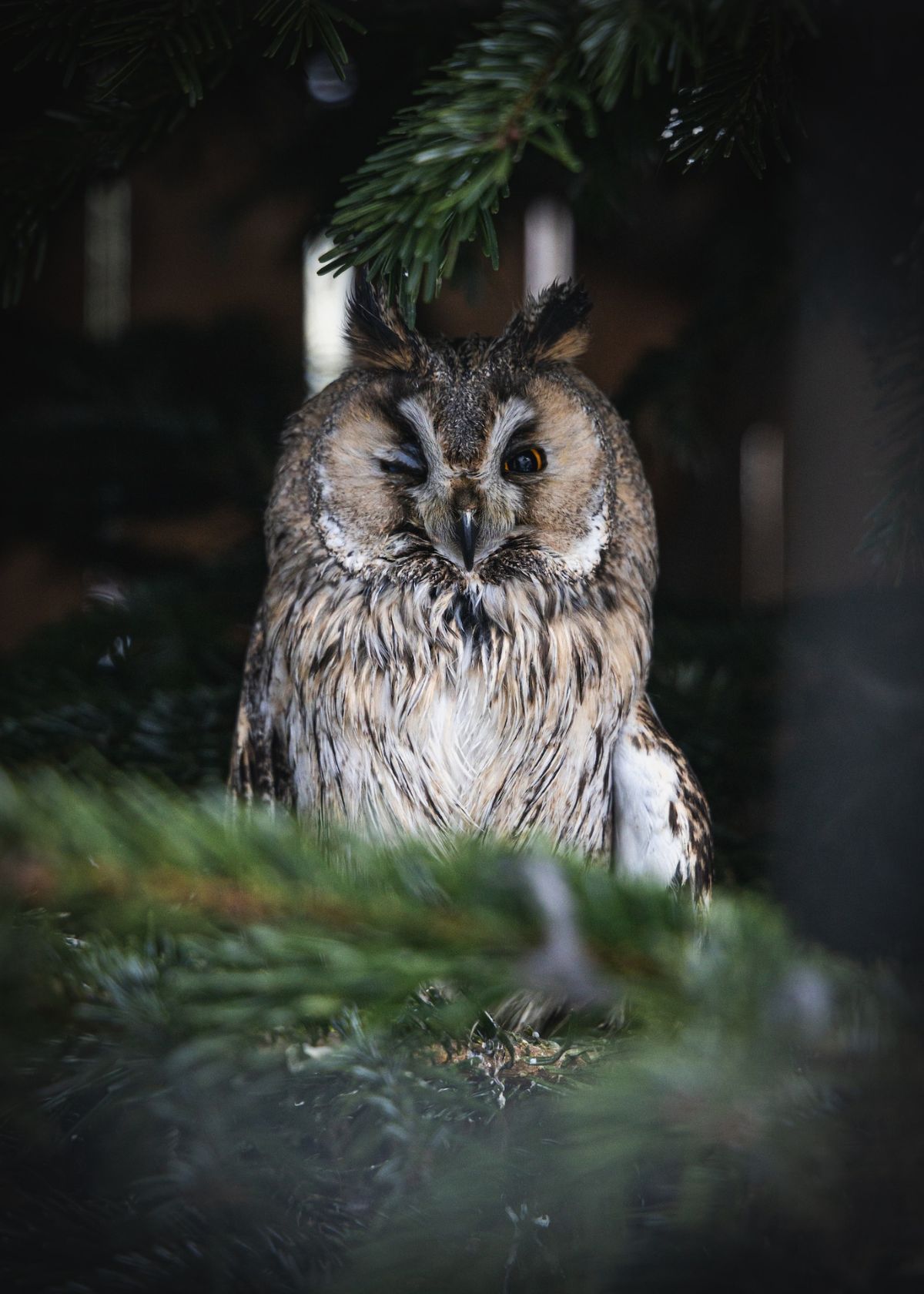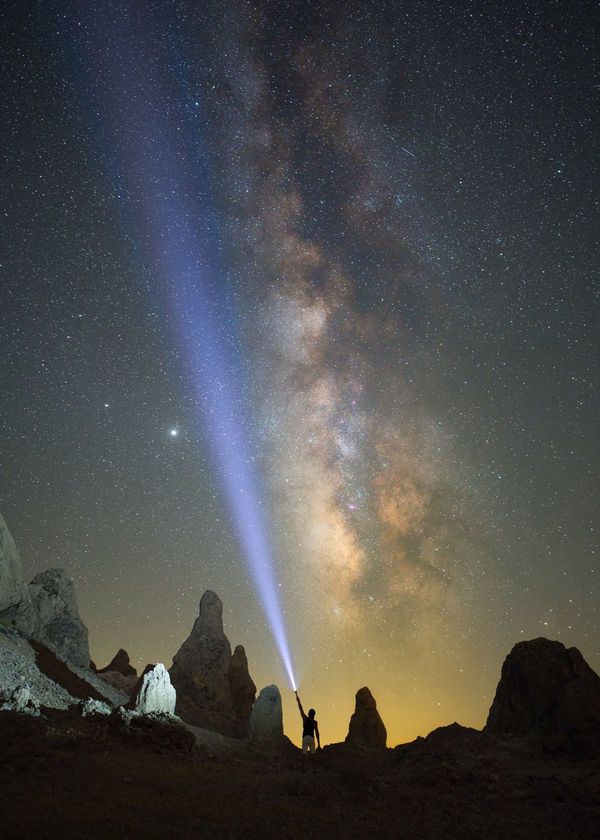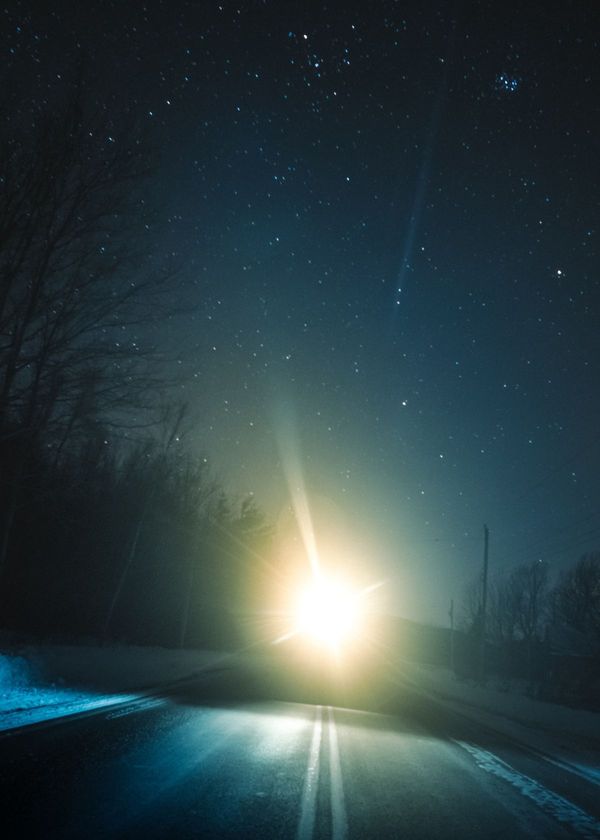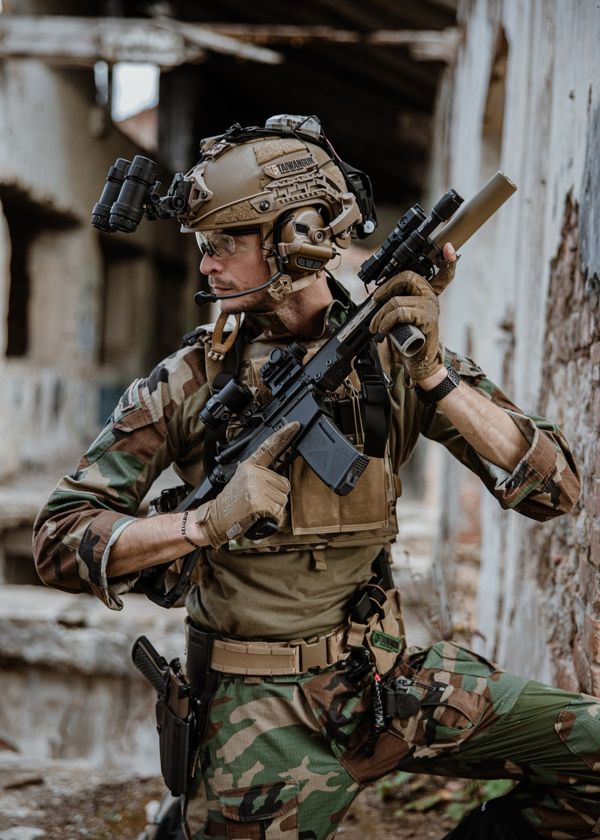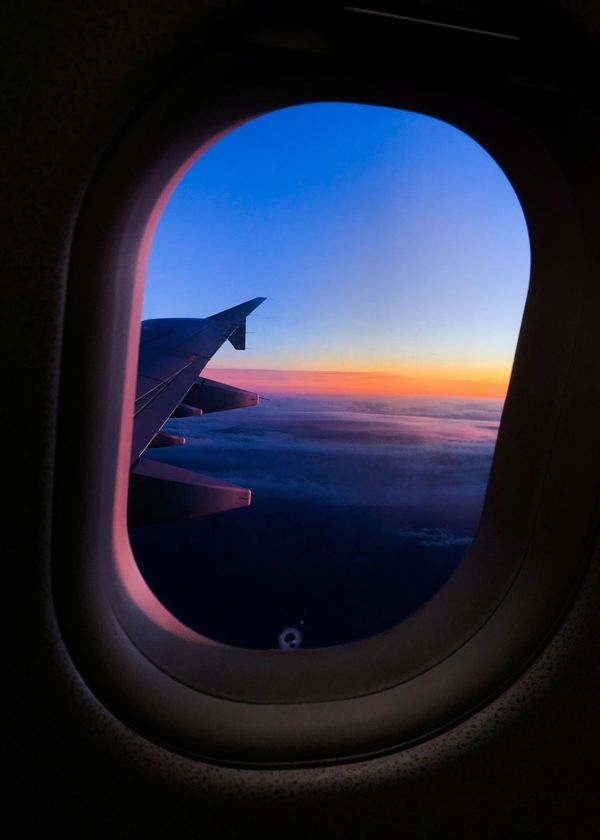Feel like a super-spy with night vision goggles!
Have you ever wanted to see in the dark and catch criminals red handed? Or explore nature around you without having to worry about being noticed by predators? With night vision goggles, your dreams can come true. That's right - now high-tech gadgets are available for regular people, so they can feel like secret agents.
Night vision technology may appear too complicated at first glance but it doesn’t have to be that way. And once you know how it works, you will understand why there is nothing better than using a pair of night vision goggles when exploring the unknown or trying out something new after sunset. It gives an amazing feeling of liberation and courage!
Check out our website and find out more about how night vision goggle technology works today!
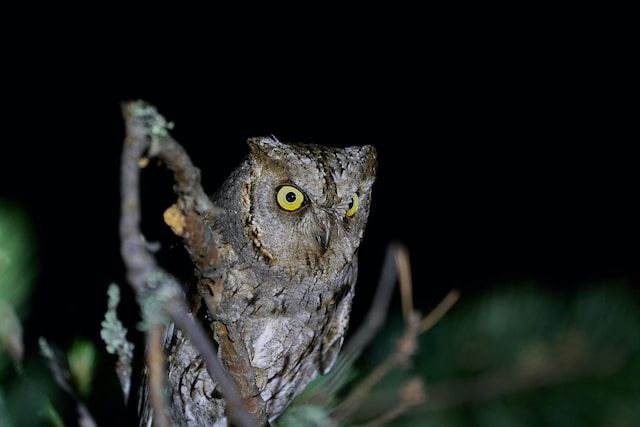


When Were Night Vision Goggles Invented
The first night vision device was created in the 1930s by AEG, a German producer of electrical equipment. It was the first night vision equipment that was developed and used in Germany during World War II.
During the same period, the US Military brought their own night vision tool named ‘sniperscope’ that was provided with infrared night sighting deceives.
The very first night vision gadgets that were invented at that time were called ‘’ Generation 0’’. By carrying an additional IR Illuminator that then reflected off of objects and bounced back to the lens of the infantry’s scope, soldiers were able to see a visible image at what they were looking at.
All devices that were used by soldiers at that time were heavy and volumetric, which only complicated the whole process. By the time the US entered the Vietnam War, many troops were already equipped with even larger sights, called "starlight spheres."
They were based on image amplification technology to amplify possible ambient light and create an electronic image of a dark area.
How Do Night Vision Goggles Work
When the sun is out, the reason you can see an object like a tree nearby is because light is reflecting off of it and making its way to your eyes. Of course, that reflected light doesn’t exist in the same quantities at night.
Put another way, there are “very few photons” after dark, observes Matthew Renzi, the senior director of engineering at L3Harris, a defense contractor that makes a night-vision device for the Army called the ENVG-B. (As a reminder, light behaves both like a wave and a particle. The fundamental particles of light are called photons.)
Imagine a single photon entering the goggles. The initial trick that the night vision device pulls off involves that incoming photon. “We convert that photon to an electron through a photocathode,” Renzi says. “That’s a specialized material that’s there to make that transition from a single photon of light into that electron.”
In brief, this step involves converting particles from the domain of light to the domain of electricity. The next step involves boosting the signal from that electron, and for that, the device uses onboard battery power, like from an AA battery or two.
“That electron multiplies significantly,” Renzi says, noting that it could be multiplied “tens of thousands” of times. While the part of the device that converted the photon to an electron is called a photocathode, this part that turns the volume up on the electron is known as the micro-channel plate.
Finally, the information needs to be transferred back into the visual realm, so that whoever is looking through the goggles can see the scene. That happens thanks to a phosphor screen, which the user can see when they look through the eyepiece. “The phosphor screen is what takes that energy from those electrons and converts it back into visible light,” Renzi says.
Benefits Of Night Vision Goggles
Do you know the benefits of using night vision goggles? These devices are perfect for those who wish to see in complete darkness without the use of flashlights.
Here are the top 10 benefits of night vision goggles:
- Ability to see in near total darkness.
- Enhanced visibility at night.
- Better target acquisition during operations carried out under dark conditions.
- Improved depth perception as they cover both eyes.
- Greater situational awareness in low light conditions.
- Better tactical advantage during night operations.
- Ability to track animals in the dark.
- More precise navigation in low light conditions.
- Reduction in eye strain compared to using flashlights.
- Increased safety and security in low light environments.
Night vision goggles use image enhancement technology to collect available light and amplify it so that you can easily see what’s going on in the dark.
With quality night vision goggles, you can see people, animals, and objects up to 1,000 yards away on a dark night. So, the next time you are out exploring in the dark, consider using night vision goggles to see everything with clarity.
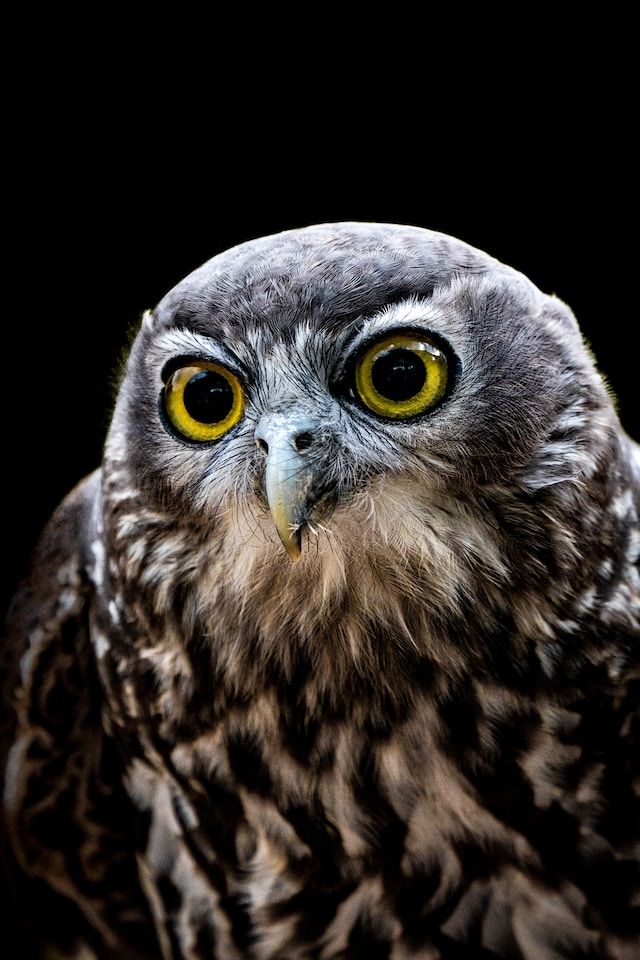
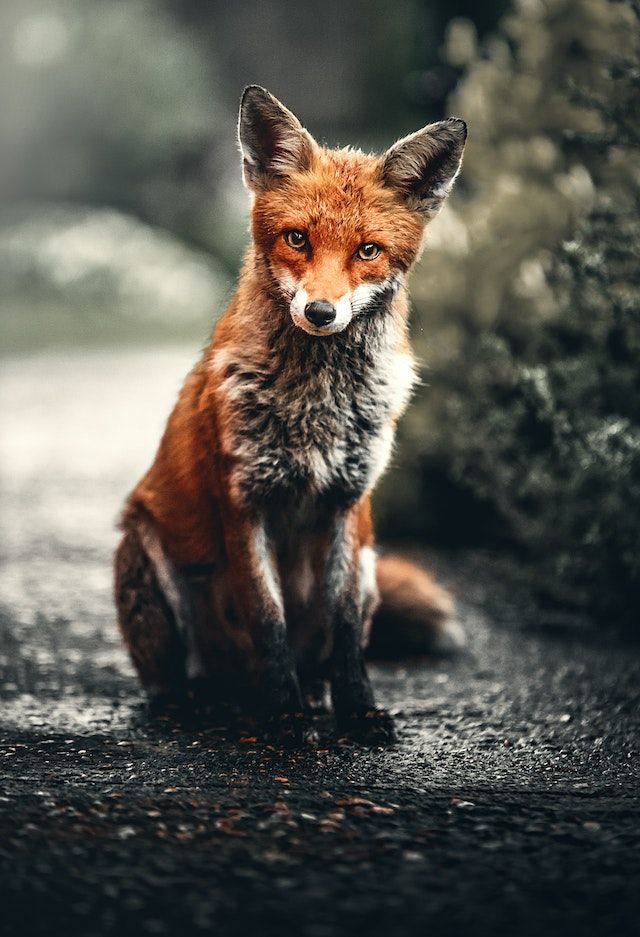

Pros and Cons of Night Vision Technology
Pros
Night vision technology can easily provide a natural image, which is easy to interpret. Luckily, this technology stands concrete for being much stronger than the other one. It is also more reliable because it can easily be used for hunting purposes. Try these night vision goggles if you want to make the most out of your hunting experience.
Cons
The only disadvantage of this technology is, it can only be used during the nighttime. Furthermore, these scopes don’t work against the shadows of dust. This will eventually make it hard for you to use them in public. It will also make it hard for you to camouflage the objects.
Night Vision Terminology
Automatic Brightness Control (ABC): An electronic feature that automatically reduces voltages to the microchannel plate to keep the image intensifier’s brightness within optimal limits and protect the tube.
Black Spots: These are cosmetic blemishes in the image intensifier or can be dirt or debris between the lenses. Black spots that are in the image intensifier do not affect the performance or reliability of a night vision device and are inherent in the manufacturing processes.
Blooming: Momentary loss of the night vision image due to intensifier tube overloading by a bright light source. When such a bright light source comes into the night vision device’s view, the entire night vision scene becomes much brighter, “whiting out” objects within the field of view. Blooming is common in Generation 0 and 1 devices.
Bright-Source Protection (BSP): An electronic function that reduces the voltage to the photocathode when the night vision device is exposed to bright light sources such as room lights or car lights. BSP protects the image tube from damage and enhances its life; however, it also has the effect of lowering resolution when functioning.
Diopter: The unit of measure used to define eye correction or the refractive power of a lens. Usually, adjustments to an optical eyepiece accommodate for differences in individual eyesight. Most ITT systems provide a +2 to -6 diopter range.
Distortion: There are two types of distortion found in night vision systems. One type is caused by the design of the optics, or image intensifier tube, and is classical optical distortion. The other type is associated with manufacturing flaws in the fiber optics used in the image intensifier tube.
Classical Optical Distortion: Classical optical distortion occurs when the design of the optics or image intensifier tube causes straight lines at the edge of the field of view to curve inward or outward. This curving of straight lines at the edge will cause a square grid pattern to start to look like a pincushion or barrel.
Equivalent Background Illumination (EBI): This is the amount of light you see through a night vision device when an image tube is turned on but no light is on the photocathode. EBI is affected by temperature; the warmer the night vision device, the brighter the background illumination. EBI is measured in lumens per square centimeter (lm/cm2). The lower the value, the better.
Emission Point: A steady or fluctuating pinpoint of bright light in the image area that does not go away when all light is blocked from the objective lens. The position of an emission point within the field of view will not move. If an emission point disappears or is only faintly visible when viewing under brighter nighttime conditions, it is not indicative of a problem.
Eye Relief: The distance a person’s eyes must be from the last element of an eyepiece in order to achieve the optimal image area.
Fiber Optics Manufacturing Distortions: Two types of fiber optic distortions are most significant to night vision devices: S-distortion and shear distortion.
Figure of Merit (FOM): Image intensification tube specification used to qualify exportability. Calculated on resolution (line pairs per millimeter) x signal-to-noise.
Fixed-Pattern Noise (FPN): A faint hexagonal (honeycomb) pattern throughout the image area that most often occurs under high-light conditions. This pattern is inherent in the structure of the micro-channel plate and can be seen in virtually all Gen 2 and Gen 3 systems if the light level is high enough.
Footlambert (fL): A unit of brightness equal to one foot-candle at a distance of one foot.
Gain: Also called brightness gain or luminance gain. This is the number of times a night vision device amplifies light input. It is usually measured as tube gain and system gain. Tube gain is measured as the light output (in fL) divided by the light input (in fc). This figure is usually expressed in values of tens of thousands.
Gallium Arsenide (GaAs): The semiconductor material used in manufacturing the Gen 3 photocathode. GaAs photocathodes have a very high photosensitivity in the spectral region of about 450 to 950 nanometers (visible and near-infrared region).
I² (Image Intensification): Collects and intensifies the available light in the visible and near-infrared spectrum. Offers a clear, distinguishable image underlow-light conditions.
IR (Infrared): Area outside the visible spectrum that cannot be seen by the human eye (between 700 nanometers and 1 millimeter). The visible spectrum is between 400 and 700 nanometers.
IR Illuminator: Provides a light source (invisible to the unaided human eye) for the night vision system to amplify. Operates at approximately 880 nanometers.
lp/mm (Line Pairs per Millimeter): Unit used to measure image intensifier resolution. Usually determined from a 1951 U.S. Air Force Resolving Power Test Target. The target is a series of different-sized patterns composed of three horizontal and three vertical lines. .
Lumen: A measure of the perceived power of light. The lumen can be thought of casually as a measure of the total “amount” of visible light emitted.
mA/W(Milliamps per Watt): The measure of electrical current (mA) produced by a photocathode when exposed to a specified wavelength of light at a given radiant power (watt).
MCP (Microchannel Plate): A metal-coated glass disk that multiplies the electrons produced by the photocathode. An MCP is found only in Gen 2 and Gen 3 systems. MCPs eliminate the distortion characteristic of Gen 0 and Gen 1 systems.
Modulation Transfer Function (MTF): A measurement of the ability of an optical system to reproduce (transfer) various levels of detail from the object to the image, as shown by the degree of contrast (modulation) in the image.
Near-Infrared: The shortest wavelengths of the infrared region, nominally 750 to 2,500 nanometers. Also see IR (infrared).
Photocathode: The input surface of an image intensifier tube that absorbs light energy (photons) and in turn releases electrical energy (electrons) in the form of an image. The type of material used is a distinguishing characteristic of the different generations.
Photocathode Sensitivity: Photocathode sensitivity is a measure of how well the image intensifier tube converts light into an electronic signal so it can be amplified. The units of photocathode sensitivity are micro-amps/lumen (μA/lm). A lumen is a scientific unit that measures light at wavelengths the human eye sees (violet through red).
Resolution: The ability of an image intensifier or night vision system to distinguish between objects close together. Image intensifier tube resolution is measured in line pairs per millimeter (lp/mm) while system resolution is measured in cycles per milliradian.
Scintillation: A faint, random, sparkling effect throughout the image area. Scintillation, sometimes called “video noise,” is a normal characteristic of microchannel plate image intensifiers and is more pronounced under low-light conditions. Do not confuse scintillation with emission points.
Signal-to-Noise Ratio (SNR): SNR is a ratio of the magnitude of the signal to the magnitude of the noise. If the noise in the scene (see “scintillation” definition) is as bright and as large as the intensified image, you cannot see the image. SNR changes with light level because the noise remains constant but the signal increases (higher light levels). The higher the SNR ratio, the darker the scene can be and the device still performs.
Spectrum: The range of electromagnetic energy from cosmic rays to extra-low frequency.
Thermal Imaging: Senses radiation and temperature differentiation from the 7.5 to 13.5 micron range and creates a thermal picture (image of emitted heat energy). Better for detection than recognition.
μA/lm (Microamps per Lumen): The measure of electrical current (μA) produced by a photocathode when it is exposed to a measured amount of light (lumens).
Night Vision Goggles FAQs
Are you on the hunt for a night vision solution that offers crystal clear visibility and top-of-the-line performance, but don’t know where to start?
Who wants to spend hours researching specs or worry about poor quality goggles when you’re out in the wilderness? You need a reliable pair of night vision goggles and you want them now!
Look no further - our night vision goggles are designed with advanced optics, constructed from durable materials, and offer the utmost clarity to give you peace of mind.
What are the different types of night vision goggles?
There are several types of night vision technology, including image intensification, thermal imaging, and active illumination. Each type uses different techniques to produce a visible image in low-light conditions.
What are some common uses for night vision goggles?
People are interested in the practical applications of night vision goggles. Night vision goggles are used in various activities, including hunting, camping, military operations, wildlife observation, and amateur stargazing. Night vision goggles help improve visibility and clarity in low-light conditions, making them useful tool for many different purposes.
Can night vision goggles see in complete darkness?
Although night vision goggles can provide enhanced visibility in low-light conditions, they are not able to see in complete darkness. They still need a small amount of ambient light to operate. However, some night vision goggles incorporate infrared illuminators, which emit invisible infrared light, to provide additional illumination in complete darkness.
Night vision goggles collect, amplify and display electrically generated images of the surrounding environment.
The available technology such as image intensification, thermal imaging, and active illumination helps the user to see in low-light conditions and to navigate and operate with an increased level of confidence in their surroundings.
Night vision goggles are useful in various activities, including military and law enforcement, hunting, and outdoor activities. They provide practical benefits, such as improved visibility, better situational awareness, and reduced eye strain when compared to flashlights.
We've done the research so you don't have to! To browse our Top Picks for Best Night Vision Goggles please click the link below!
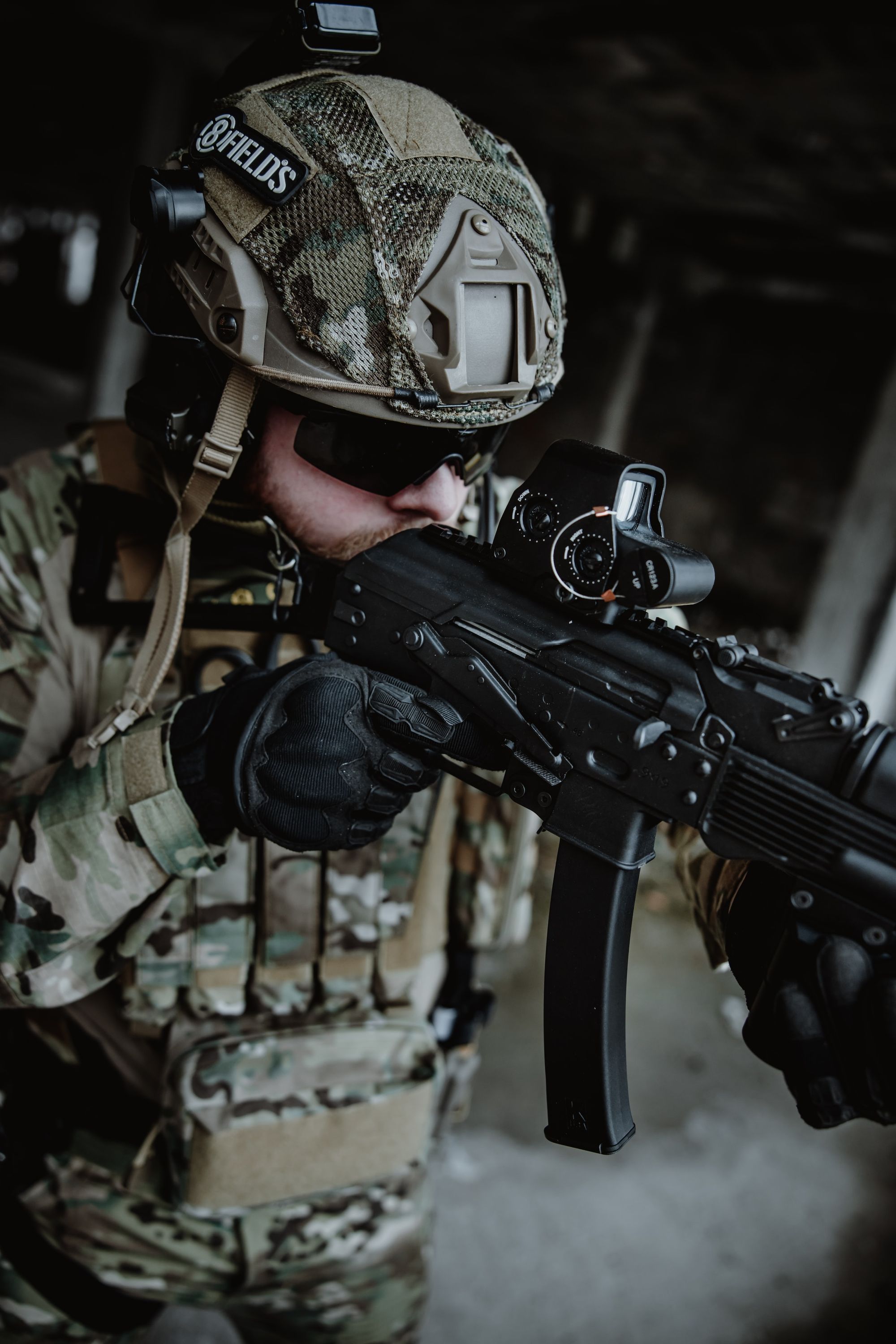
Your Friends,
LoveNatureReviews Team


